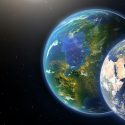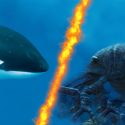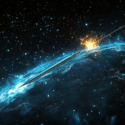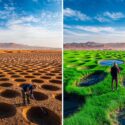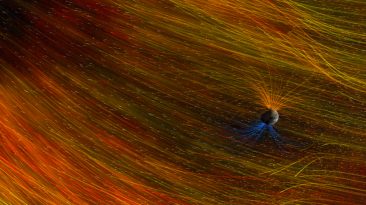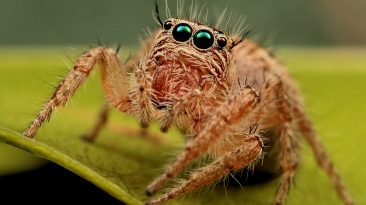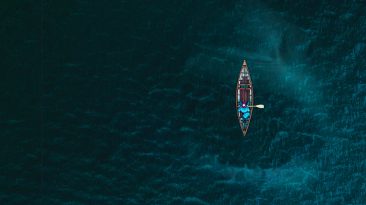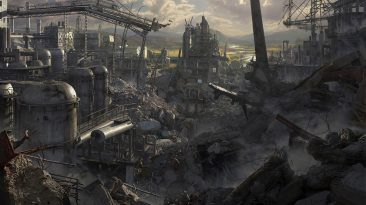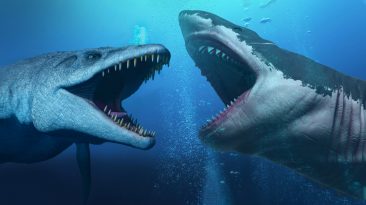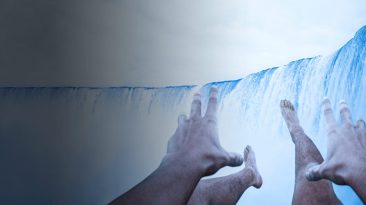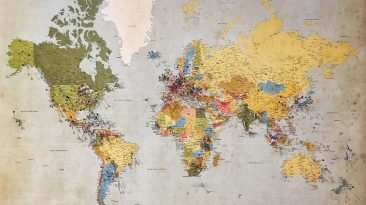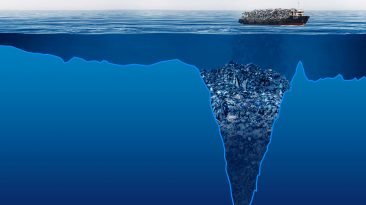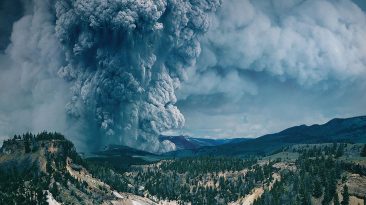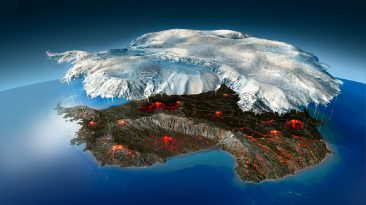The Permian Period, which lasted from about 299 to 252 million years ago, was one of the most fascinating and dangerous times in Earth’s history. It ended with the largest mass extinction ever recorded, but before that, it was home to strange, powerful, and often fearsome creatures unlike anything alive today. Here are seven things you should know about this prehistoric era, and the animals that ruled it.
1. The Permian Was Split into Three Distinct Stages
Spanning nearly 50 million years, the Permian Period is divided into the Early, Middle, and Late stages. The Early Permian saw the emergence of advanced four-legged predators and herbivores that were the evolutionary ancestors of dinosaurs and mammals. In the Middle Permian, the world warmed and some species diversified, but arid conditions still dominated inland.

By the Late Permian, climates became harsher, and animal populations faced growing challenges that set the stage for the catastrophic Great Dying. This long timeline gave rise to an incredible variety of species, from lizard-like insect hunters to massive saber-toothed predators.
2. Apex Predators Dominated the Land
The top hunters of the Early Permian were Synapsids, often described as “mammal-like reptiles” because of their mix of features. The most famous of these was the Dimetrodon, a fearsome carnivore over 11 feet long with a distinctive sail on its back, possibly used to regulate body temperature. It had a powerful bite and teeth of different shapes for tearing flesh.
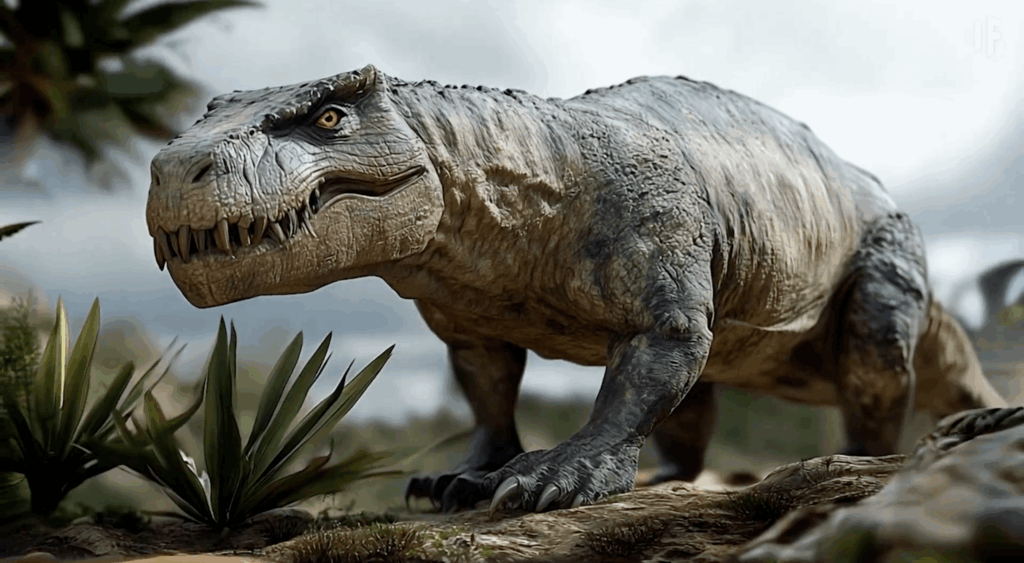
Another terrifying predator was the Gorgonopsian, a saber-toothed carnivore that has been compared to a tiger crossed with a reptile. Fast, agile, and deadly, it hunted large herbivores with precision. These apex predators kept the balance of life in check, until the climate began to shift.
3. Herbivores Were Unusual and Sometimes Bizarre
One of the most successful herbivores of the Permian was the Dicynodont. These plant-eating Synapsids ranged from small, dog-sized grazers to cow-sized giants. They had beak-like mouths, turtle-like skulls, and tusks that may have been used for digging up roots. Though they were cold-blooded during the Permian, later forms in the Triassic evolved more mammal-like traits, including better heat retention.
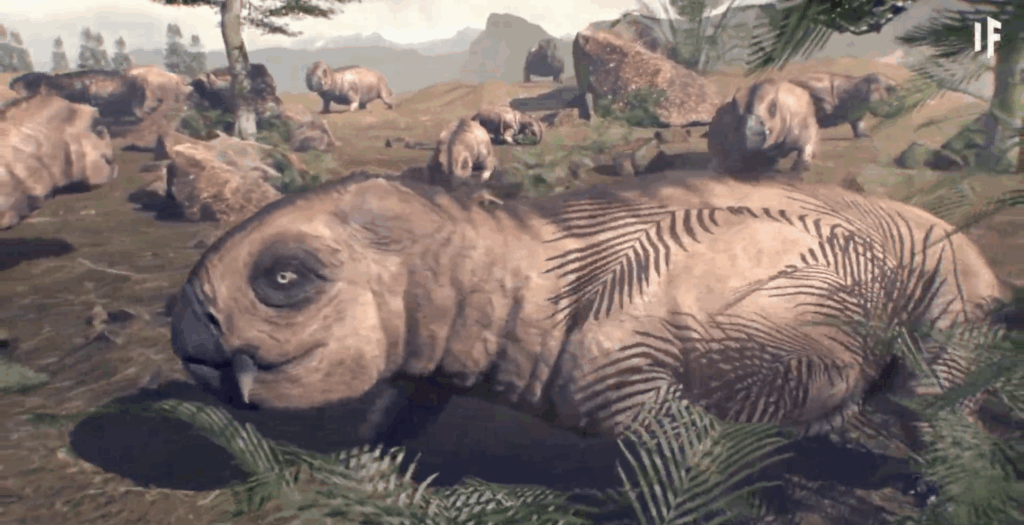
These creatures were vital to the food chain, feeding predators like the Gorgonopsians. Remarkably, Dicynodonts survived the mass extinction and eventually gave rise to mammals, meaning they are part of our evolutionary family tree.
4. Pangaea Shaped Animal Life
All land during the Permian was joined together in the supercontinent Pangaea. This massive landmass created vast interior regions far from the ocean, which meant extreme temperatures and limited water sources. Animals had to adapt to both intense heat and long dry periods. Synapsids like Dimetrodon developed thick skin to conserve moisture.
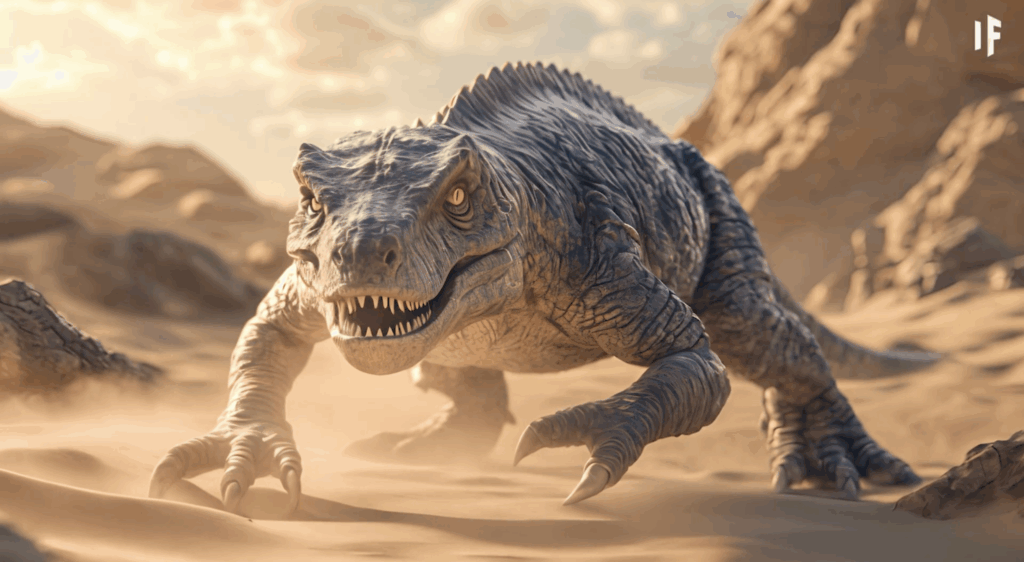
Reptiles and amphibians were found mostly near coastlines, rivers, or lakes where water was more plentiful. The arrangement of land also influenced migration patterns, allowing species to spread across what would later become multiple continents.
5. The Seas Were Just as Dangerous as the Land
While land was full of powerful predators, the oceans were equally perilous. Bony fish swam alongside ammonoids, creatures with coiled shells related to modern squid. One of the most fearsome marine predators was Gaiasia jennyai, a massive salamander-like creature with a skull over two feet long and sharp fangs for catching prey. Growing over eight feet in length, it hunted anything it could overpower. Despite their size, these predators were sluggish, which meant quick-swimming fish and smaller marine animals had a chance to escape.
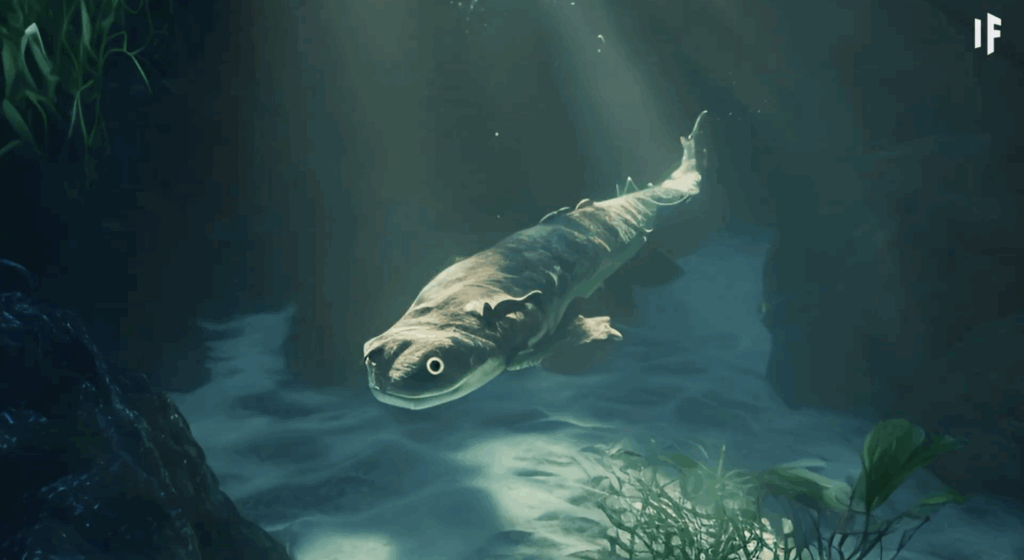
6. Insects and Smaller Animals Played a Big Role
The Early Permian still carried over some gigantic insects from the Carboniferous Period, including dragonflies with wingspans the size of a seagull. As the climate shifted, these giants disappeared, replaced by smaller insects similar to the ones we see today. These bugs became an important food source for smaller lizard-like creatures such as the Varanopids, nimble hunters with long bodies and sharp teeth. Another group, the Sauropsids, were small reptiles that remained out of the spotlight during the Permian but would later evolve into dinosaurs in the Triassic. Even though they were not as intimidating as the apex predators, these smaller species were vital to the ecosystem.

7. The Great Dying Reshaped the Animal Kingdom
The Permian ended with the most devastating extinction event in Earth’s history, wiping out 90 percent of marine species and 70 percent of land species. Volcanic eruptions in present-day Siberia lasted for hundreds of thousands of years, releasing gases that caused acid rain, blocked sunlight, and reduced oxygen levels to just 16 percent.
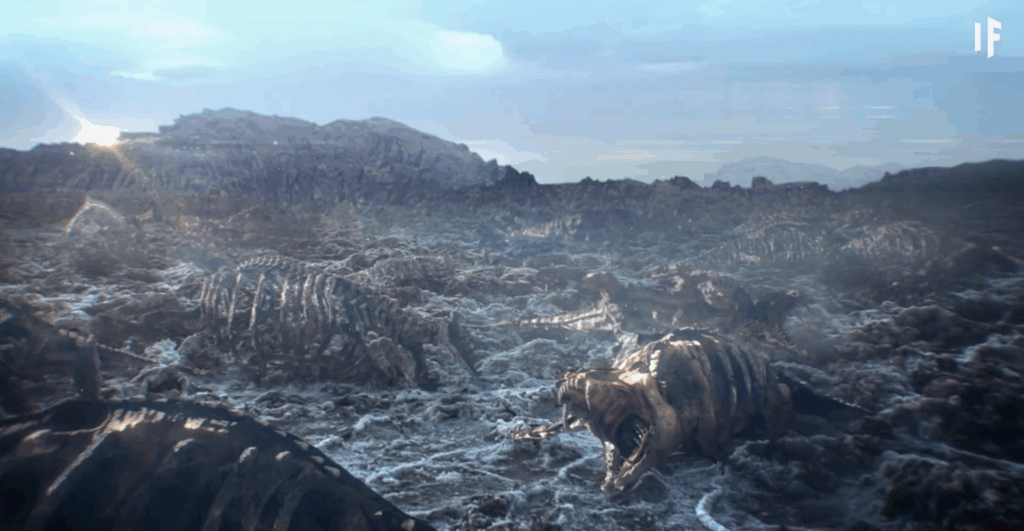
Some evidence also points to a large asteroid impact that may have delivered the final blow. Many large predators and herbivores vanished forever, but small reptiles, certain fish, and resilient Synapsids like Dicynodonts survived. These survivors would go on to repopulate the Earth and give rise to entirely new forms of life in the millions of years that followed.



